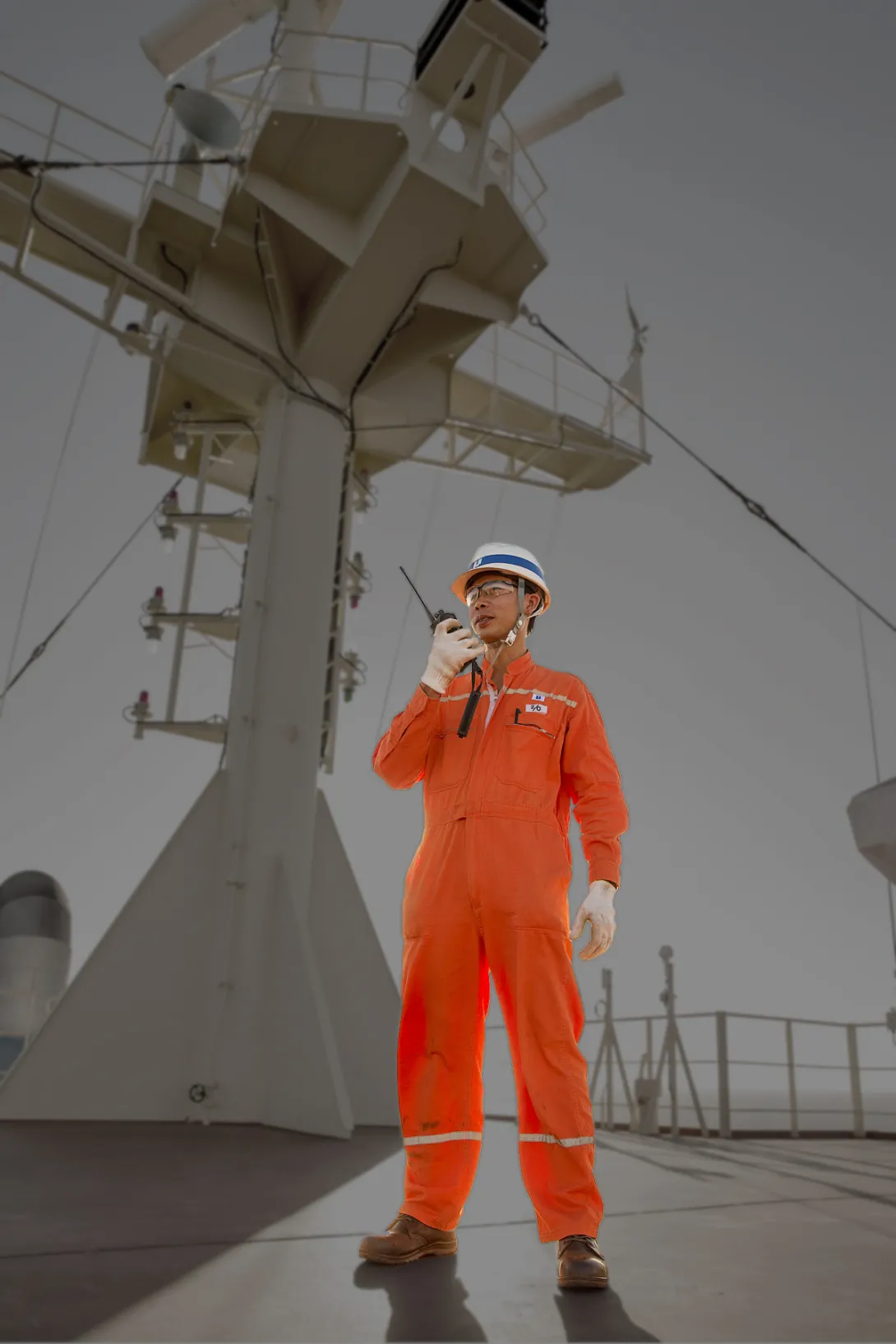The importance of a proactive management style in lifting standards across the industry

RightShip’s new Safety Score is focused on a vessel’s operational performance in the past five years. It is made up of six sub scores and more than 20 safety considerations. These considerations include (but are not limited to) incidents, Port State Control detentions and deficiencies.
Since the vessel's performance is directly linked to the DOC holder’s policies, practices, crew training and management style, vessels and DOC performance are closely linked. By default, those who maintain operational excellence, will see the fruits of their labour reflected in the vessel's Safety Score. The safety score levels the playing field by being more transparent and explainable.
Advantages of going above base compliance
To achieve a Safety Score of five, one must be always at the top of their game, and that is what differentiates vessels and operators from one another. Those who go above the base compliance will see the results on the Safety Score benchmarking slider. This slider shows the safety score distribution for similar vessels of the same type and size. This peer analysis is very important as it provides two main pieces of information that improve transparency:
- The average Safety Score of this peer group. As an independent indicator of each vessel’s operational performance, one may evaluate this average and consider how different vessels compare to their peers.
- The Safety Score distribution. This will show how many vessels are in every Safety Score group.
It is inadvisable to use the Safety Score in isolation to make fast decisions about a vessel’s suitability. Therefore, we always encourage all players in the maritime industry to exercise their due diligence by placing the vessels for further evaluation and vetting. The vetting process considers all available data points coupled with evaluation of the vessel operational history along with physical inspections.
Also, environmental sustainability by way of the RightShip GHG emission rating verification is increasingly considered by all stakeholders when assessing vessel’s suitability for a specific voyage.
How ship owners and operators can improve their results
Operators with vessels that achieve low scores (one and two), are now able to take clear steps to improve.
For example, maintaining an incident and detention-free history and choosing a quality Flag and Class for all vessels across the fleet is an effective way to achieve a good score. This has and will always be the best advice that we could give an operator. Depending on the circumstances that led a vessel to score one or two, RightShip has developed paths to improvement based on specific outcomes. In the case of missing information, such as an unknown flag or class for more than 90 days, this is easily rectified through updating IHS and RightShip by providing copies of the vessel’s certificates.
Example paths to improvement might include:
- Maintaining an incident and detention free history.
- Treating the crew well. Abandonment at sea can happen for a number of different reasons and is often a calculated economic decision by a ship owner facing bankruptcy, insolvency or the arrest of a vessel by creditors. To rectify this, a full investigation report from managers into the ILO abandonment case will require third party reports from ILO, ITF, P&I and so on. Statements from crew will also be required to prove that the issue has been resolved, and finally, evidence that there are no similar cases within the fleet may be sought.
Best practice processes to achieve a score of five
Ultimately, the best operators know how to prevent human error and equipment failure, which are the most common reasons for maritime incidents in recent history.
While this is well known, preventative solutions are not often implemented. Often, best practice success is the result of the management style. We see two key management styles: proactive and reactive.
We see proactive management as the most effective. However, it often comes at a significant expense. Being proactive does not only apply to equipment maintenance or investing in a state-of-the-art PMS system, because equipment is only as good as the personnel operating it. Therefore, investing in a well-qualified and competent crew is paramount.
All crew members are required to hold a Certificate of Competency of some sort prior to assuming their duties. Historically, the industry has viewed competency as a combination of knowledge, understanding and skill. However, there is one additional component: attitude.
I like to define competence as a combination of knowledge, understanding, skill and the right attitude, which involves doing the right thing at the right time and reacting to changes quickly and correctly. This will only be achievable when operators embrace a change of their organisation’s safety culture. Safety culture should never be a concept, rather it should be a lifestyle.
We believe the Safety Score will help to guide our industry with clear steps to improving processes in safety and crew management, in turn levelling the playing field for owners and operators.